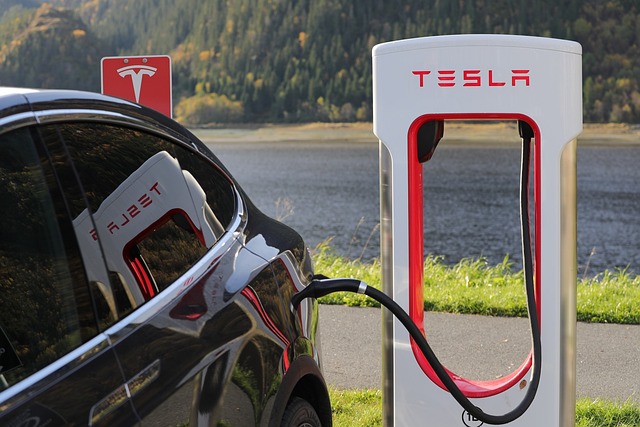It is a statistical report that aims to record the Total Supply of energy available in the country in a calendar year, and quantify how this supply was consumed by the main sectors of the national economy.

The Total Energy Supply is composed of both primary and secondary energy sources. Primary energy corresponds to the energy resources available in nature, such as:
- Oil
- Crude
- Natural Gas
- Coal
- Firewood and Biomass
- Hydroelectricity
- Wind
Energy – solar Energy Biogas and others
Secondary energy comprises that energy obtained from the transformation of primary energy. They are secondary energy sources:
Petroleum Derivatives obtained from the refining of crude oil. The main ones are: Gasoline, Diesel, Fuel Oil, Liquefied Gas and Kerosene for Aviation.
Thermoelectricity, which is obtained from the combustion of primary energy such as Natural Gas, Coal, Firewood and Biomass, Biogas; and also from some Petroleum Derivatives such as Diesel and Fuel Oil.
Also those primary energy sources that are used directly for final consumption are considered as part of the Secondary Energy Supply. Among these are Natural Gas, Firewood and electricity of Hydro, Solar and Wind origin.
The National Energy Balance (BNE) presents the energy supply and consumption data in different information tables, among these are:
-
- Primary Energy Balance
- The Secondary Energy Balance or final consumption.
The Primary Energy Balance, the annual Gross Supply of each primary energy source is shown. This offer is made up of domestic energy production, adding its Imports and discounting Exports. Additionally, the amount of energy that was not consumed in the year is deducted from the supply. This gross supply of energy is what was used during the year to be transformed into other forms of energy or for its final consumption.
The Secondary Energy Balance shows the Total Annual Consumption of secondary energy, separating this consumption into the amount of energy that was used for Final Consumption, and that part that was transformed into another form of energy. This balance also breaks down the supply of secondary energy into its domestic production, its imports and exports, and its annual inventory variation.
Regarding the sectors of the economy where the annual energy supply is consumed, the BNE considers transformation centers and final consumption sectors. They are Transformation Centers –CTR–:
The Electricity Generators, both Public Service and Auto producers
- The Steel Industry
- The Gas Plants and LNG Regasification Terminals
- The Oil and Natural Gas sector, mainly composed of ENAP
The Final Consumption sectors considered in the BNE are:
The Energy sector it includes the different consumption of CTR transformation. The Industrial and Mining Sector composed of:
-
- Copper
- Saltpeter
- Iron
- Paper and Cellulose
- Iron and steel industry
- Petrochemicals
- Cement
- Sugar
- Fishing
- Various Industries
- Various Mines
The Transportation Sector, made up of:
-
- Land
- Rail
- Maritime
- Air
- The Commercial, Public and Residential Sector -CPR-
The Tear calorie is the common unit of energy used in the BNE. For this, the calorific power of energy is used in order to transform the physical units in which they are traded in their respective markets.














+ There are no comments
Add yours